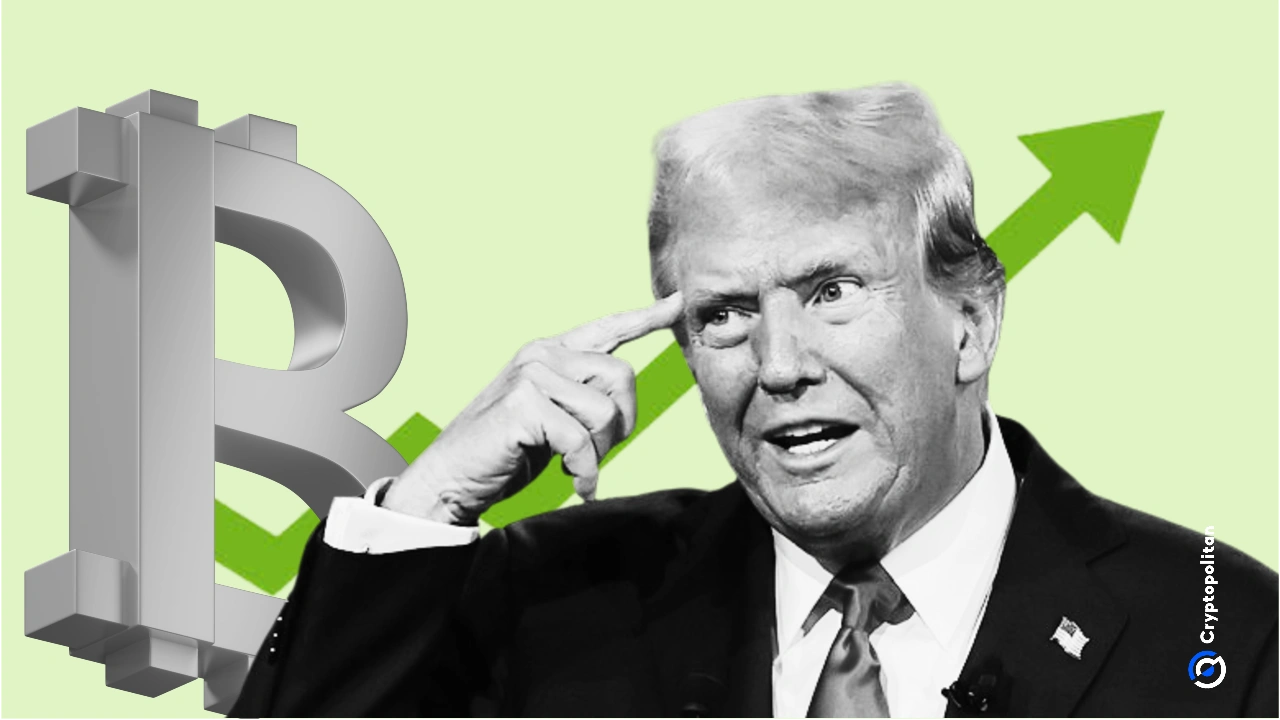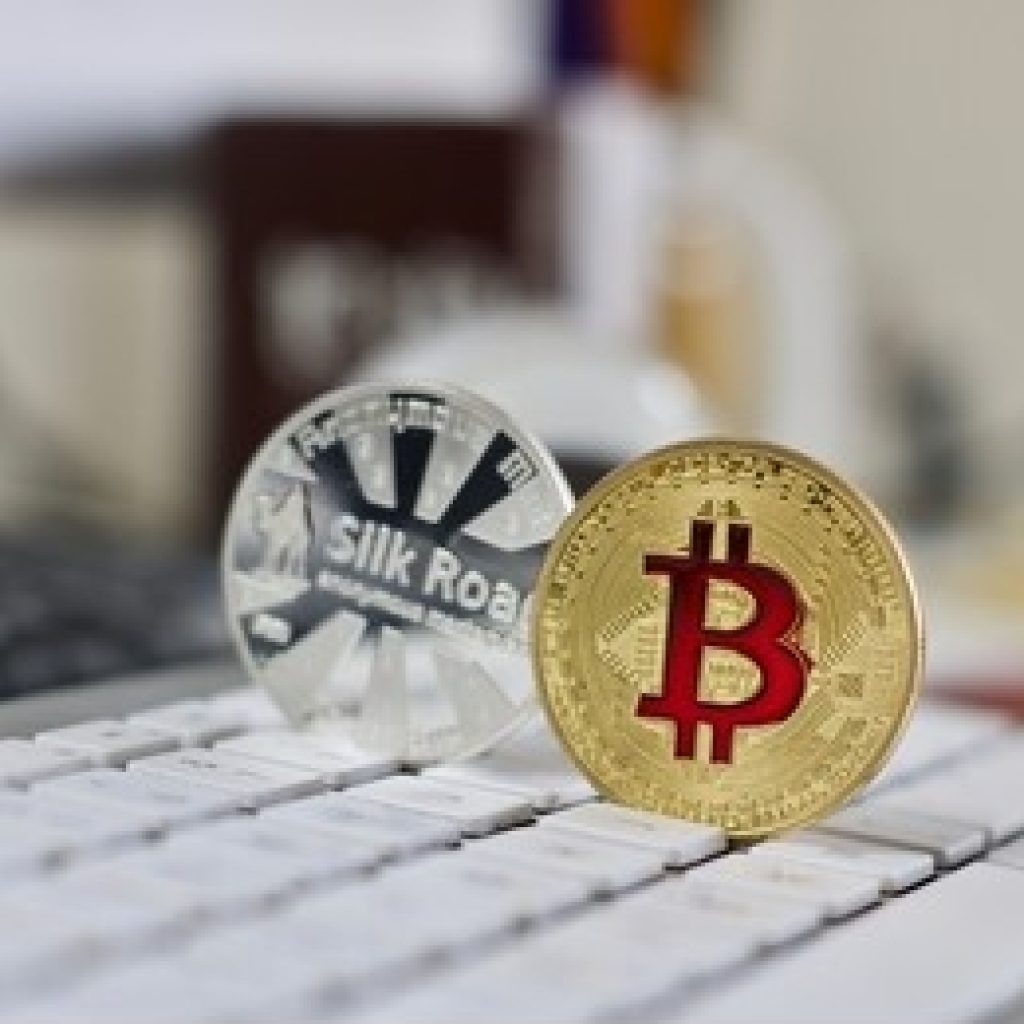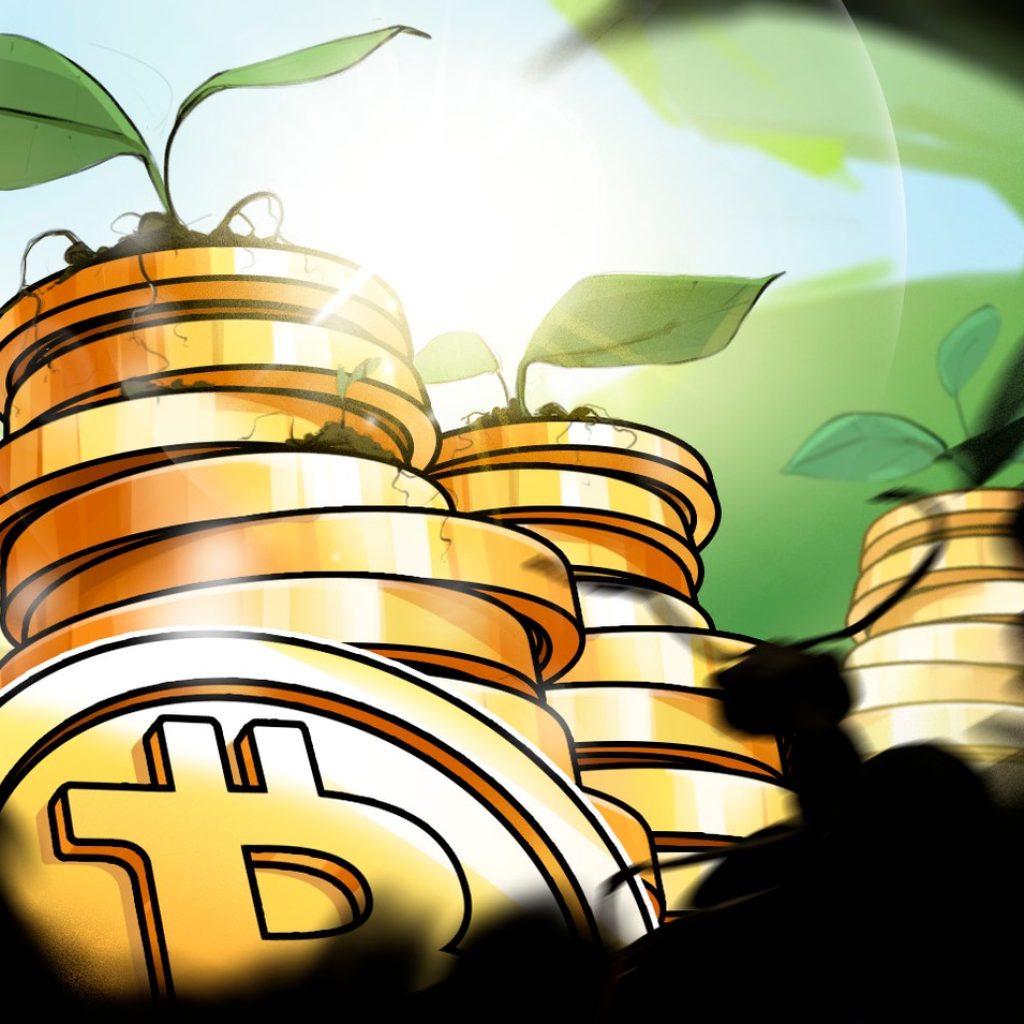Crypto elites came into 2025 with wallets wide open and hopes even bigger. They’ve pumped $135 million into President-elect Donald Trump’s campaign and his congressional allies.
What do they want in return? A crypto utopia: no more SEC lawsuits, unrestricted access to banking, and, for dessert, a shiny U.S. Bitcoin reserve.
But guess what? Reality might be a little less glamorous. Sure, Trump calls himself the “crypto president,” but the global financial ecosystem isn’t waiting to roll out a red carpet for this libertarian dream. Instead, Europe and Asia are moving in directions that could ruin these grand plans.
Europe doesn’t care for Trump’s crypto revolution
Over in Europe, regulators have moved forward with regulatory plans. On December 30, new rules kicked in, forcing stablecoins like Tether’s USDT to keep 60% of their reserves sitting in traditional bank accounts.
According to Tether CEO Paolo Ardoino, this could lead to “incredibly big systemic risk.” But here’s the thing: not complying means stablecoins like USDT might as well pack their bags because European investors won’t touch them.
Meanwhile, banks are circling like vultures. They’re ready to launch their own stablecoin-style products, and they have the regulatory backing to do it. The EU’s actions are a power move to keep the financial reins firmly in the hands of traditional institutions.
Asia’s blockchain war: Decentralization vs domination
Asia is playing an entirely different game. China, unsurprisingly, is leading the charge. Forget decentralization; their blockchain vision is all about control. They’re using projects like mBridge to push back against U.S. dollar dominance and Silicon Valley’s ideals of financial freedom.
What’s mBridge? It’s a cross-border payment system where central banks can swap their digital currencies, cutting out SWIFT and avoiding U.S. scrutiny. It’s a direct challenge to the U.S. financial system, led by a coalition including Thailand, Hong Kong, Russia, and Saudi Arabia.
The implications are wild. The U.S. dollar currently facilitates 36% to 40% of global transactions, acting as a “vehicle” currency between others. If mBridge takes off, that demand could nosedive, tipping the financial balance.
Tokenization is the new king
But Asia’s ambitions don’t stop with payments. Tokenization—the blockchain process of turning assets into tradable tokens—is turning out to be the next big thing. Citigroup says it could be a $4 trillion market by 2030, and Asia wants the lion’s share.
Hong Kong is tokenizing everything from green bonds to EV charging stations, while Singapore is rewriting financial services with smart contracts. Amusingly, central bank digital currencies (CBDCs) are starting to lose their shine.
A 2024 survey by the Official Monetary and Financial Institutions Forum shows only 13% of central banks see CBDCs as the future of cross-border payments, down from 31% the previous year.
Beijing rushed to launch its digital yuan, the e-CNY, after Facebook announced its ill-fated Libra project back in 2019. But neither project delivered the revolution they promised. Even Trump isn’t interested in a U.S. digital dollar, and globally, enthusiasm for CBDCs is cooling.
Crypto’s wishlist: Can Trump deliver?
Back in the U.S., crypto enthusiasts are counting on Trump to keep his campaign promises. They want executive orders, and they want them fast. The demands are ambitious and insiders say at least one executive order should land as early as January 20, Trump’s first day in office.
Trump’s team has already made history as the most pro-crypto one ever. Paul Atkins, his pick for SEC chair, has a reputation for being industry-friendly. Meanwhile, David Sacks, the new White House “crypto czar,” has deep roots in Silicon Valley and a track record of pushing innovation.
This setup feels like a breath of fresh air after Biden’s crackdown, but let’s not get ahead of ourselves. Even if Trump issues executive orders, the global financial system isn’t going to flip overnight.
China’s digital yuan might still challenge the dollar in key sectors like oil trade. Western central banks, on the other hand, are eyeing deposit tokens—blockchain-based money tied to traditional banks. Unlike stablecoins, these tokens won’t require 1:1 reserves, relying instead on deposit insurance to keep users confident.





